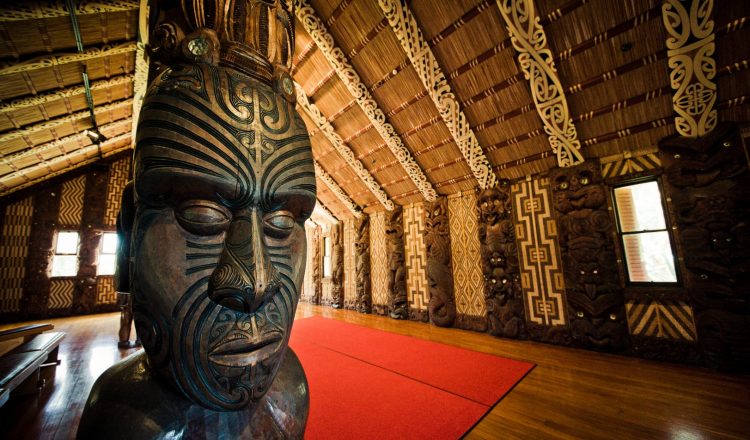猕猴桃礼仪
随着新西兰是一个如此小的岛屿国家,也是少数不同文化的熔炉,你可能想知道猕猴桃人的社交礼仪。他们的礼仪和社会规范是否反映了新西兰的欧洲传统,还是岛上不同文化之间的平等水平的提高是否产生了影响?
正如你可能对新西兰所期望的那样,答案是两者的混合。
友好而热情
鉴于新西兰的面积和人口相对较少,在街上向陌生人打招呼是司空见惯的,通常是微笑和点头。对街上的人微笑可能对某些人来说似乎很陌生,因为不同的文化试图不惜一切代价保持头脑,避免眼睛接触,但这不是猕猴桃的方式。新西兰人拥有强烈的社区意识,因为他们对陌生人的开放友好和欢迎态度而闻名。
除此之外,新西兰人往往信任个人。由于一个像新西兰一样安全快乐的国家,几乎没有必要怀疑对待其他国家。这方面的一个很好的例子是 “诚实盒”,通常留在街道和路边。它们可以包含各种东西,例如本土种植的水果、蔬菜和鲜花。箱子标有价格,周围没有供应商或店主,他们相信买家支付指定的金额并采取他们想要的东西。
尊重毛利文化
以开放、随便的态度,众所周知,与新西兰人融合起来相对简单;只要你有一点常识和基本的礼仪。新西兰唯一真正的礼仪需求是尊重毛利人及其风俗。毛利人遍布全国各地的许多圣地,如果你想参观或获得访问权限,必须征求长者的许可。假设您被允许访问 marae(毛利人会议场地)或 wharenui(Meetinghouse),在这种情况下,您应该遵守特定的规则。这些包括在进去之前脱鞋(这是新西兰大部分地区常见的做法)。不同 marae 的规则有所不同,因此请问四处并找出当地人对你的期望。
尽管进入房屋时通常必须脱鞋,但你可能会注意到猕猴桃有时也会赤脚在户外。新西兰来自如此崎岖的环境,尤其是在农村地区,新西兰的着装要求往往是非常非正式的。这包括放弃鞋子来感受脚趾之间的草!
相同分享和分享
猕猴桃社交礼仪和礼仪的另一个关键部分是分享。新西兰人对分享彼此的文化和背景的能力感到非常自豪,但这并不仅限于此。朋友经常分享食物,饮料通常会分轮购买,以便每个人都能做出贡献。新西兰人可能会把这种练习称为你的 “大喊”,但不需要大叫,只需在酒吧或酒吧为你的团体购买饮料!新西兰人不是愚蠢的人,所以会感激分享的努力。

















































